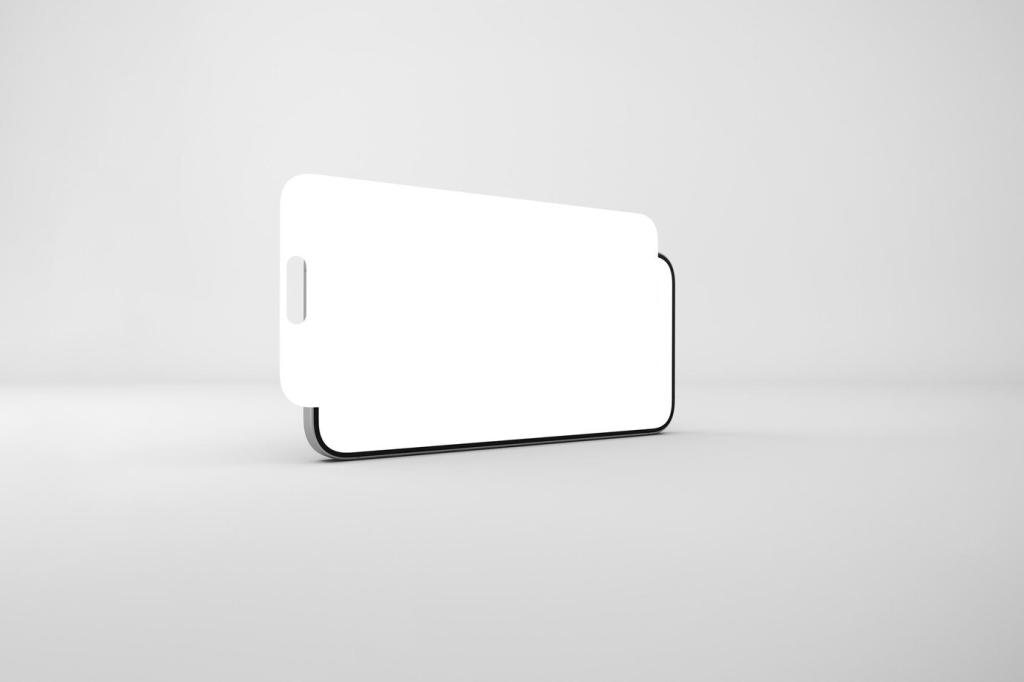Sustainable Minimalism That Lasts
Prioritize repairability, modular parts, and transparent warranties. My dented kettle outlived two trendier replacements because its handle could be tightened with a common screwdriver. Share your best repair win to inspire resourceful simplicity.
Sustainable Minimalism That Lasts
Favor recycled aluminum, FSC-certified wood, and mono-material packaging that can be easily processed. Design for disassembly, not landfill. Subscribe for guides on verifying certifications without drowning in greenwashing buzzwords.






